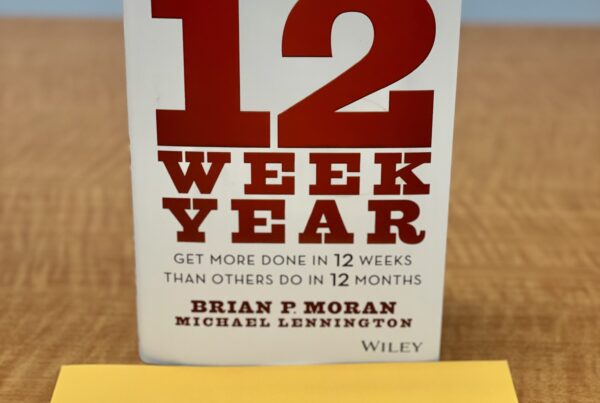Last Updated on November 21, 2024 by Dave Schoenbeck
Dealing with conflict as a CEO can be one of the most challenging parts of the job. Most of us don’t enjoy playing a role in workplace struggles, and things get incredibly stressful when you’re at the top of the totem pole.
While it may be tempting to step back, let those affected “work it out” on their own, and hope for the best, you are doing your organization a disservice by staying on the sidelines. Moreover, if you’re directly involved in the conflict, you must confront it thoughtfully and patiently.
The Root of Workplace Conflict
Most conflict situations result from incomplete or poor communication and may involve volatile emotions.
These issues may stem from:
● Perceived indifference on your part as the leader or on the part of other leaders within the team;
● Perceived favoritism or jealousy;
● Competitiveness without clear guidelines;
● Struggles for power within the group;
● Difficulties in performing up to expectations; or
● Compensation disparities.
Conflict does not resolve itself.
Deferring or avoiding conflict resolution makes it worse.
This is especially true of emotionally charged conflict situations. It’s easy to be distracted by our feelings about the people involved, the ideas being challenged, and other personally related facets.
When we’re emotional, we don’t always think clearly or in the best interest of those engaged. Dealing with conflict with a solid emotional charge requires care and, often, an intervention from someone outside the issue.
Think about conflict avoidance in financial terms. Delays (avoiding the conflict) cost money, and quick actions that stem from festering problems (dealing with conflict without full consideration of both sides) will eventually drain your profits.
Consider the cost of losing a key employee over an unresolved, highly charged difference of opinion. Is it worth having an essential player in your business walk away because a compromise couldn’t be reached?
Mastering the Art of Dealing with Conflict
As the CEO of your company, your team looks up to you as the linchpin that holds the business together. Navigating tough situations is challenging for all of us, but as the highest-ranking teammate, you have a critical responsibility to handle conflict and resolutions with finesse.
Here are 3 things to help you deal with conflict in a constructive way as a CEO:
1. Practice and exercise stronger listening skills.
First and foremost, stay calm. Most leaders let the issue go or play the “strong” leader and react too quickly. Go slower, listen to better understand, and be aware of emotional boundaries. Timing is everything, so consider all the angles before stepping in.
2. Define acceptable behavior.
Your team needs to know the rules. Develop a constructive way for workers to approach someone in leadership who is uninvolved in the conflict to act as a mediator while the parties quarreling work out their issues. Teach your team to attack the problem, not the person.
Cultural statements help communicate the message. To combat the perception that all conflict situations are harmful, encourage your team to work together when they encounter obstacles.
3. Approach conflict as growth opportunities with your team.
Uncomfortable discussions about poor performance with your staff are a tough-love effort on your part to help them grow. If they only ever hear positive and constructive feedback, they won’t improve or work to strengthen their abilities.
Dealing with conflict can be a rough road for a CEO. Even for the most seasoned leaders, it can be intimidating and uncomfortable. Try to help your team tackle conflict sincerely and open-mindedly despite the difficulties.
Dealing with conflict correctly is essential for a CEO. Download my free eBook, The 10 Critical Responsibilities of a Business Owner, to help you grow your business.
Coach Dave
- How to Turn Your Problems and Obstacles into Opportunities - September 25, 2025
- Irresistible Tips on How I Can Identify and Create My Unique Small Business Value Proposition - September 18, 2025
- How to Protect Intellectual Property as a Small Business Owner - September 11, 2025



